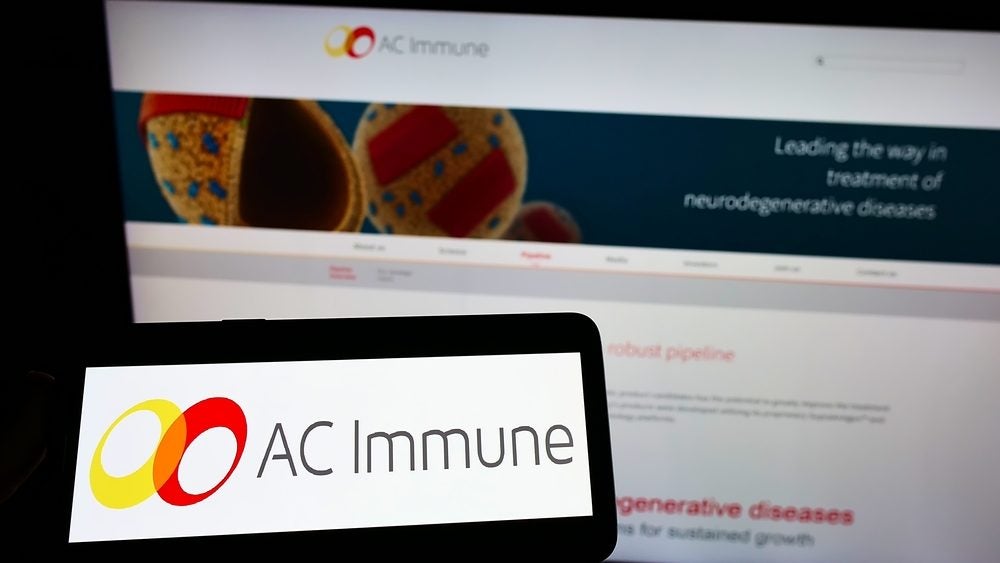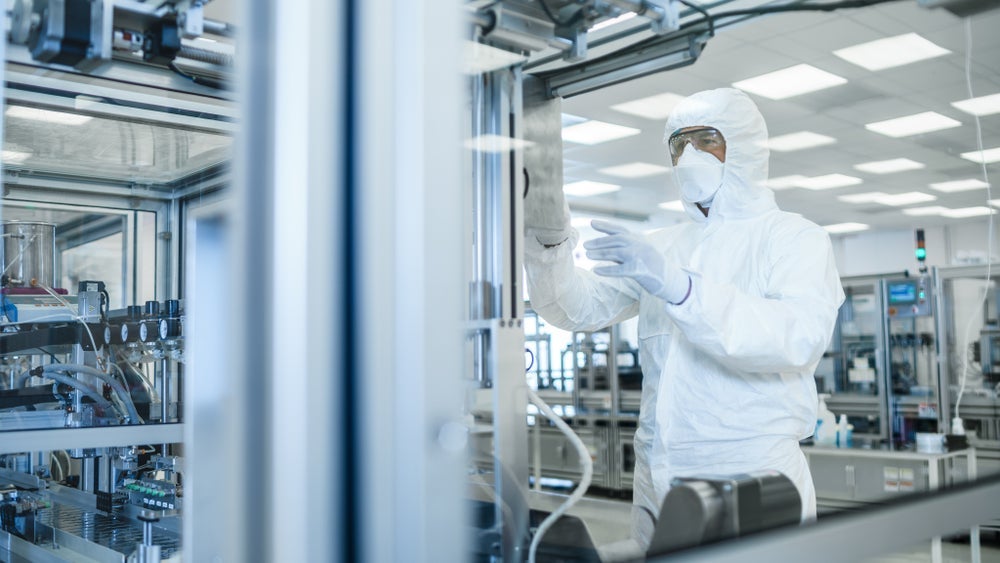Mind Medicine MindMed has been granted a patent for a method of synthesizing a pharmacological compound by attaching a psychoactive base substance to an amino acid, creating a prodrug with modified behavior. The process involves multiple steps including aldol condensation and O-methylation. GlobalData’s report on Mind Medicine MindMed gives a 360-degree view of the company including its patenting strategy. Buy the report here.
According to GlobalData’s company profile on Mind Medicine MindMed, Nanoparticle drug conjugates was a key innovation area identified from patents. Mind Medicine MindMed's grant share as of February 2024 was 50%. Grant share is based on the ratio of number of grants to total number of patents.
Synthesizing psychoactive prodrugs from amino acids
The granted patent (Publication Number: US11896670B2) discloses two methods for synthesizing pharmacological compound substances. The first method involves steps such as aldol condensation on 3,4-dibenzyloxybenzaldehyde to obtain 1-(3,4-Dibenzyloxyphenyl)-2-nitropropene, which is further processed to obtain compounds like Boc-L-Lys(Boc)-3,4-dihydroxyamphetamine and L-Lys-(R,S)-MDA or L-Lys-(R,S)-MDMA. The second method includes reducing 1-(3,4-Dibenzyloxyphenyl)-2-nitropropene to 3,4-Dibenzyloxyphenylacetone and applying reductive amination conditions to obtain 3,4-Dibenzyloxymethamphetamine hydrochloride, leading to the synthesis of L-Lys-(R,S)-MDMA.
These methods involve a series of chemical reactions starting from specific compounds to ultimately produce pharmacological substances like MDMA. The processes outlined in the patent provide detailed steps for synthesizing these compounds, including the use of various reagents and reaction conditions. By following these methods, researchers can efficiently produce the desired pharmacological compounds for potential applications in the pharmaceutical industry. The patent aims to protect the novel methods described for synthesizing these substances, highlighting the importance of innovation in drug development and manufacturing processes.
To know more about GlobalData’s detailed insights on Mind Medicine MindMed, buy the report here.
Data Insights
From

The gold standard of business intelligence.
Blending expert knowledge with cutting-edge technology, GlobalData’s unrivalled proprietary data will enable you to decode what’s happening in your market. You can make better informed decisions and gain a future-proof advantage over your competitors.







